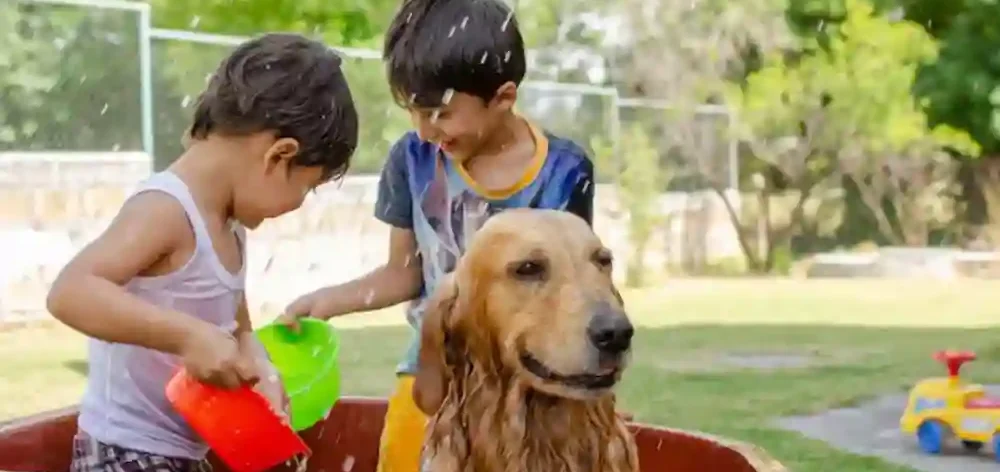Pets have special power to bring into a home happiness, comfort, and company. Pets might be even more important for families with children as they support their emotional, social, and cognitive growth. Pets improve family relationships and provide great life lessons from teaching responsibility to empathy. Knowing the effects of pets on children can help you decide if you want to adopt a new pet or go through advertisements for cavoodles for sale Melbourne. This paper will investigate the several ways in which pets support general family well-being and help to shape kid development.
Creating Empathy and Emotional Intelligence
The capacity of pets to develop emotional intelligence in children is among their most important advantages for a household. Children grow to comprehend emotions by seeing and engaging with pets; they learn to identify nonverbal signals as a wagging tail or a soft purr. Taking care of a pet helps youngsters develop empathy as they come to see that animals—like people—have needs and emotions. Better emotional awareness and compassion in social contacts with peers and adults can result from early encounters in identifying and meeting the needs of another individual.
Fostering Routine and Responsibility
Pets provide kids a chance to become responsible as they need constant care including food, grooming, and frequent exercise. Giving children age-appropriate chores like walking the dog or filling a pet’s water dish allows them to appreciate the need of dedication and follow-through. As kids come to include pet care into their daily schedules, this responsibility helps them develop time management and discipline. As youngsters develop and assume increasingly difficult tasks, this practice of pet care can lead to more independence and a deeper sense of accountability—qualities that are quite valued.
Developing Social Skills and Confidence
Children, especially those who might battle shyness or anxiety, can be social accelerators for their pets. These exchanges provide kids chances to hone social skills include introducing themselves, posing questions, or telling tales about their dogs. Pets also provide youngsters a safe environment free from judgment so they may express themselves without worry of condemnation. A child’s confidence and self-esteem may be raised by this pure love and encouragement, therefore strengthening their sense of value and security in their interactions.
Encouragement of Physical Exercise and Adoptable Living
By engaging in physical activities like walking, jogging, or fetching, pets—especially dogs—help kids stay active. These pursuits not only provide the pet exercise but also encourage youngsters to have active, healthy lives. Spending time outside with a pet provides further advantages like exposure to fresh air and sunlight, which support general well-being. While lowering inactive habits like too much screen time, physical activities with a pet can also help youngsters build motor skills, coordination, and stamina.
Building Stronger Family Relationships
Through shared activities like feeding, playing, or medical care, pets typically take front stage in family life and bring everyone together. Encouragement of cooperation and teamwork among these shared obligations helps to develop family relationships. A pet may be a uniting influence in households with several children, encouraging collaboration and therefore lowering sibling strife. Siblings could cooperate, for instance, to walk the dog or alternate pet play. This common goal fosters peace and a more respect of every other’s efforts.
From teaching empathy and responsibility to encouraging confidence and healthy living, having pets in a household has a transforming effect on the growth of children. Pets help children and the home as a whole be more generally healthy by improving emotional intelligence, lowering stress, and increasing family bonds. Whether you’re thinking about getting a pet or looking at cavoodles for sale Melbourne, bringing a furry friend into your house may be a very fulfilling choice that helps adults and children equally.





